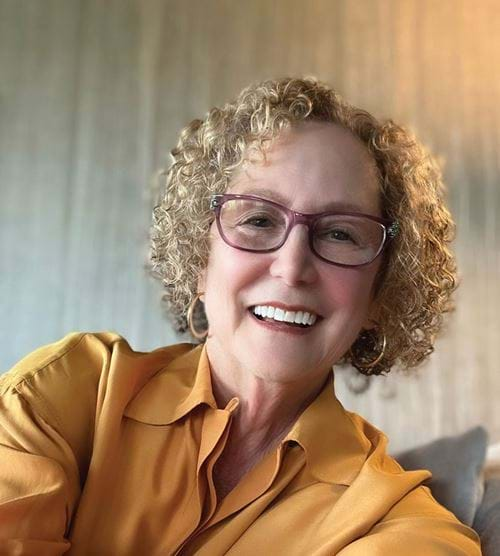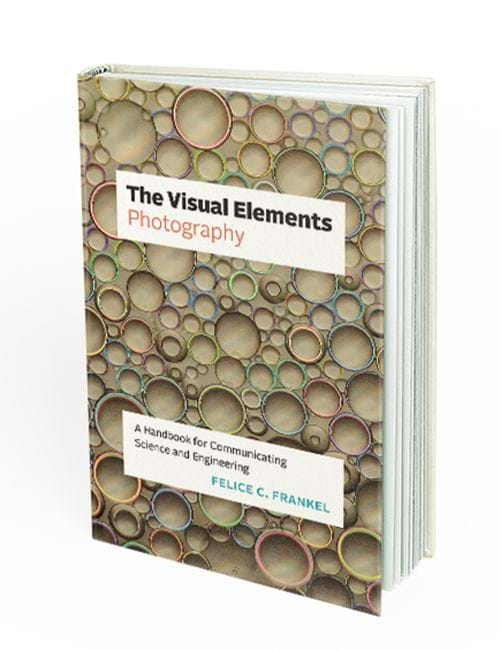Capturing Science to Capture Attention
MIT photographer Felice Frankel talks to Adam Duckett about her new guide to help engineers better show off their work to the world

FELICE FRANKEL is not an artist. Her words, not mine. And she wants you not to be an artist too. In fact, she’s written a handbook to show you how.
“Ultimately, it’s not making art. It’s making a documentary image that communicates the science.”
Felice (pictured) is an award-winning photographer working at MIT’s chemical engineering department where she helps researchers communicate their work. She’s had huge success, with photos published in National Geographic, and Newsweek, and featured on the covers of the prestigious journals Science and Nature.
She’s now written a handbook of practical tips and thought-provoking images to inspire scientists and engineers to better photograph their own research for use in journal articles, grant applications and to help the public better understand their work.
In an article published in Science, Felice wrote: “I believe that we who are privileged to see science’s splendour, who image it, diagram it, model it, graph it, and compose its data, can turn the world around, dazzling it with what inspires and nourishes our thinking.” She added: “Our goal must be to share the visual richness of our world, to make it accessible.”
It’s an inspiring sentiment, and on first take it may sound daunting. But you’d be mistaken for thinking it’s out of reach. As you read the book, what shines through is Felice’s belief that you are capable of portraying your science and engineering in its best light – or the best source of light you have to hand. There are chapters on using a DSLR camera, microscope, the phone in your pocket, and a flatbed scanner. Yes, a flatbed scanner. It’s remarkable the images that Felice has created using a regular piece of overlooked and underused office kit.
“You can put three-dimensional objects on a good scanner. It’s almost as if you’re using a microscope. I got 50 micron resolution [with mine] which is pretty damn good.”
“This whole enterprise is an act of discovery. I don’t know exactly what something is going to look like until I actually make the picture. It’s important that people understand that it’s just like being in a laboratory.”
The book is filled with tips on lighting, composition, depth of field, cropping, and helpful improvisations like taping together plain paper to create a backdrop that hides the fussy background of your research lab and makes your subject pop.
In the flatbed scanner chapter alone, Felice shows how we can photograph 3D-printed materials, tiny miniature electronic devices inspired by seeds, and bacterial colonies in petri dishes, as well as capturing a picture of a raw egg. Throughout, she offers experimental tasks to help you flex your creative muscles.
“This whole enterprise is an act of discovery. I don’t know exactly what something is going to look like until I actually make the picture. It’s important that people understand that it’s just like being in a laboratory.”
Felice is pleased with the feedback she’s received since the book was published in November.

The Visual Elements: Photography is the first in a four-book series. Felice Frankel’s second volume, Design, will focus on producing figures and is set for publication in March. The final two books will cover abstraction and data. Photography is published by Chicago Press, US$20; 208 pages; ISBN: 9780226827025
Recent Editions
Catch up on the latest news, views and jobs from The Chemical Engineer. Below are the four latest issues. View a wider selection of the archive from within the Magazine section of this site.




